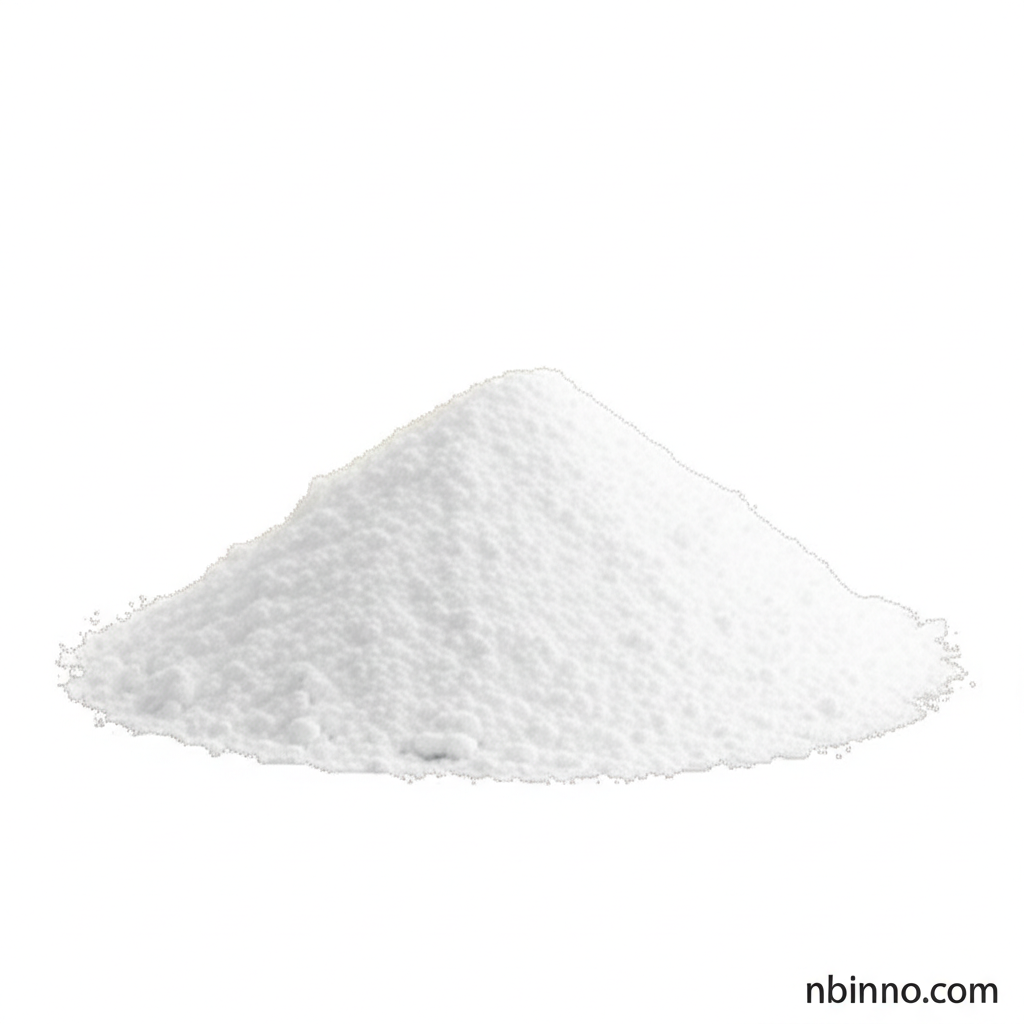1-Naphthylboronic Acid: A Key Intermediate for Advanced Chemical Synthesis
Unlock complex molecular structures with this vital pharmaceutical intermediate and organic synthesis reagent.
Get a Quote & SampleProduct Core Value

1-Naphthylboronic Acid
1-Naphthylboronic Acid, identified by CAS number 13922-41-3, is a fundamental compound in organic chemistry, primarily serving as a pharmaceutical intermediate. Its structure, C10H9BO2, and molecular weight of 171.99, contribute to its utility in various synthetic pathways. This white powder is prized for its role in creating advanced chemical entities and its contribution to high yields of biaryls.
- As a pharmaceutical intermediate, it is essential for the synthesis of complex drug molecules.
- It serves as a convenient precursor for synthesizing potassium aryltrifluoroborates, facilitating the creation of arylboron difluoride Lewis acids.
- The compound is instrumental in achieving high yields of biaryls through Suzuki coupling reactions, a cornerstone of modern organic synthesis.
- Its classification as 'not dangerous goods' simplifies handling, transport, and storage, enhancing its industrial appeal.
Key Advantages
Versatile Synthetic Utility
Leverage its capability to act as a building block for diverse molecular structures, supporting the creation of advanced chemical entities.
Efficient Coupling Reactions
Utilize its role in Suzuki coupling to achieve high yields of biaryls, a critical step in many chemical manufacturing processes.
Streamlined Logistics
Benefit from its 'not dangerous goods' classification, which ensures easier and safer transportation and storage, reducing operational overhead.
Key Applications
Pharmaceutical Intermediates
An indispensable component in the development of new pharmaceuticals, aiding in the construction of complex active ingredients.
Organic Synthesis
A fundamental reagent for organic chemists, enabling the efficient synthesis of various organic compounds and the exploration of novel chemical pathways.
Suzuki Coupling Reactions
Crucial for forming carbon-carbon bonds, this application is vital for producing biaryls and other complex aromatic systems.
Precursor Synthesis
Used to prepare potassium aryltrifluoroborates, which are convenient precursors for a range of arylboron difluoride Lewis acids.
